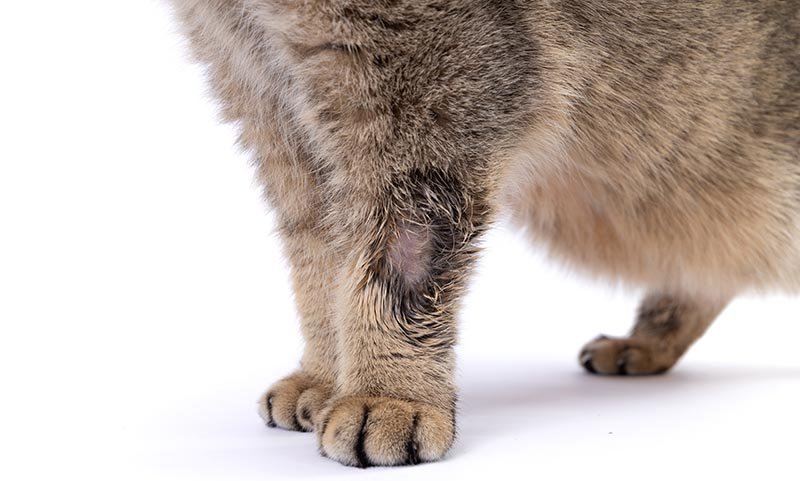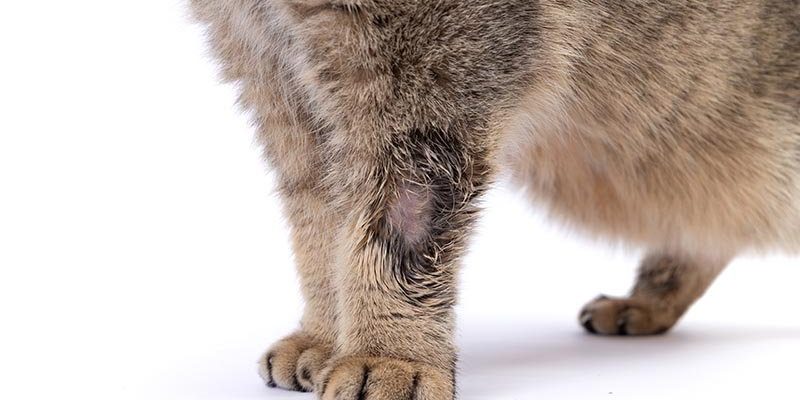
Imagine wolf worms as tiny, unwanted guests at a party. These guests slip in unnoticed and start causing trouble. For small mammals, wolf worms can create serious health issues, leading to everything from discomfort to life-threatening situations. In this article, let’s explore how these little animals become targets for wolf worms, what these parasites do, and how it all affects the balance of nature.
Understanding Wolf Worms
Wolf worms are the larval stage of a type of fly known as the *Cuterebra*. These flies lay their eggs on or near small mammals. Once the eggs hatch, the larvae enter their unsuspecting host through natural openings—usually through the skin. It’s a bit like a horror movie, where the unsuspecting hero is blissfully unaware of the lurking danger.
These larvae live under the skin of their host, feeding and growing for several weeks. The whole process can lead to significant discomfort for the small mammals, causing them to experience pain and potential infections. It’s essential to understand that wolf worms aren’t just a nuisance; they can seriously affect the animal’s health, making them vulnerable and less able to fend for themselves in the wild.
Why Are Small Mammals Targets?
So, what makes small mammals such an easy target for wolf worms? First off, their size plays a crucial role. These mammals often lack the defenses found in larger animals, making them more susceptible to being infested. Think of it this way: if you’re at a buffet, the largest dishes get the most attention. Smaller plates, like those of a squirrel or a rabbit, are often overlooked, making them more likely to be preyed upon.
Moreover, small mammals tend to have a rich social life. They live in communities and often share their habitats with others of their kind. This social behavior can create a perfect storm for wolf worms to spread, as one infested animal can unknowingly pass on the parasites to others. It’s a bit like a game of tag—but one where you definitely don’t want to be “it.”
Environmental Factors Contributing to Vulnerability
The habitats of small mammals also play a significant role in their vulnerability to wolf worms. They often dwell in areas where wolf flies are prevalent, and this close proximity increases the risk of encountering these parasites. Wooded areas and fields, which are prime living spaces for these mammals, can also be breeding grounds for the flies that give birth to wolf worm larvae.
Another critical factor is climate. Warmer, humid environments can lead to an increase in the fly population. This means that during certain seasons, small mammals are at a higher risk. For example, during warm summer months, the chances of finding wolf worms in small mammals spike. It’s nature’s cycle, and unfortunately, small mammals are caught right in the middle of it.
How Wolf Worm Infestations Affect Small Mammals
Once wolf worms have nested inside a small mammal, the effects can be quite severe. The larvae create painful, swollen cysts under the skin, which can lead to infections. This discomfort can hinder the animal’s ability to move freely, find food, or escape predators, essentially putting their lives at risk.
Moreover, it’s not just physical health that’s affected. The stress of dealing with an infestation can also impact the animal’s behavior. For instance, they might become more reclusive or exhibit signs of distress, which can make them easier targets for natural predators. This is a tough cycle—habitat loss, stress, and predation all intertwine to create further challenges for small mammals.
Prevention and Awareness
Understanding the threats wolf worms pose to small mammals is crucial, especially for those involved in wildlife conservation. While it’s tough to control nature entirely, there are steps to minimize risks. For instance, ensuring that small mammal habitats are clean and free from debris can help reduce fly populations. It’s a bit like keeping a picnic area tidy to keep the ants away.
Awareness in communities about the signs of wolf worm infestations can also make a significant difference. Educating the public, particularly people who care for pets or have small mammals in their backyards, can help in early detection and treatment. If someone notices unusual lumps on their pet or in small mammal populations around them, they should consult a veterinarian promptly.
The Bigger Picture
Wolf worms and their impact on small mammals is just one piece of the ecosystem puzzle. These tiny parasites remind us of the interconnectedness of life. By understanding how various species interact and affect one another, we gain insights not only into wildlife health but also into the overall health of our environment.
You might think of it like a chain reaction: a small mammal infested with wolf worms can become less active, leading to changes in the local food web. When these mammals struggle, the predators that rely on them for food might face challenges as well. This delicate balance underscores the importance of maintaining healthy ecosystems.
In summary, small mammals find themselves vulnerable to wolf worms due to their size, social habits, and environmental factors. These tiny parasites can have a profound impact on these animals, affecting their health and survival. But as we learn more about this relationship, we can take steps to help protect small mammals and foster healthier ecosystems.
Understanding and addressing these vulnerabilities helps us appreciate the complex web of life around us. So next time you spot a squirrel or a rabbit, remember: there’s a lot more happening beneath the surface than meets the eye. Let’s do our part to protect these little creatures from lurking dangers like wolf worms, ensuring they continue to thrive in their natural habitats.

